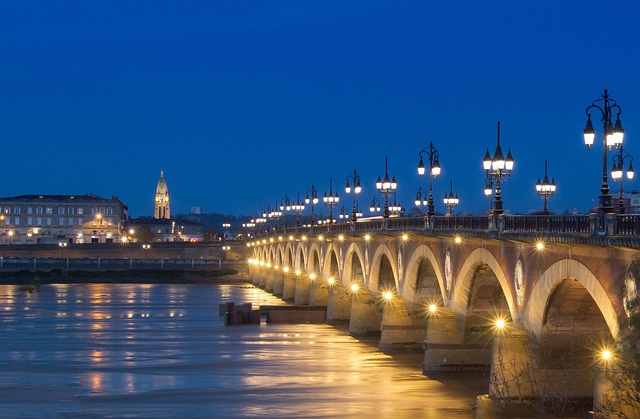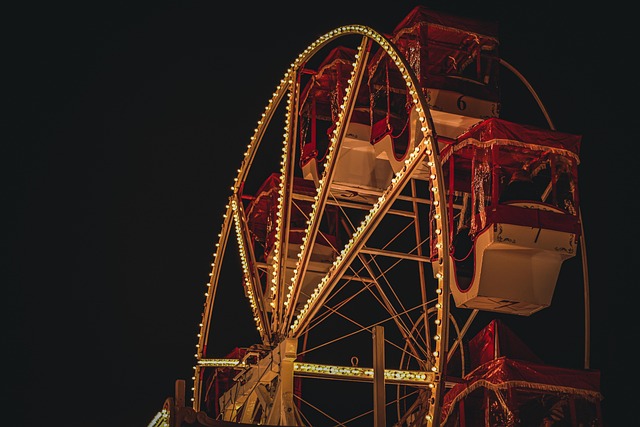In the quiet hills where the wind speaks in ancient tongues, a modest village has preserved a visual hymn to its faith for centuries. The symbol that greets every pilgrim, every visitor, and every returning native is known as Ima’s coat of arms. It is more than a decorative emblem; it is a sacred codex that encapsulates the village’s devotion, its cosmology, and its collective memory. By tracing its elements, its origin, and its contemporary role, we discover how a simple piece of art can sustain a living tradition.
The Genesis of a Symbol
Legend says that the first Ima’s coat of arms was carved by the village elder, Master Kofi, during a period of great trial. After a drought and a plague that claimed many lives, the people were desperate for a sign of divine protection. Master Kofi, who was renowned for his knowledge of sacred geometry, meditated under the moonlit sky and envisioned a design that would embody their hopes. When he returned, he presented the village with a simple shield: a green field bordered by gold, bearing a central white star surrounded by twelve stylized leaves.
- Green represents the fertile soil that nurtures life.
- Gold symbolizes the divine light that permeates the cosmos.
- The white star stands for the guiding spirit that watches over the community.
- The twelve leaves correspond to the twelve months of the year, each with its own rituals.
From that day forward, the coat of arms became an integral part of every religious rite, from the humble household altar to the grand temple where the village priest performed the annual harvest ceremony.
The Spiritual Language of the Design
In the language of sacred symbols, each shape and color carries multiple layers of meaning. The shield itself is a metaphor for protection, while the precise proportions of the design are believed to resonate with the frequencies of the earth’s axis. Scholars who study the village’s religious practices often reference the “Golden Ratio” found within the spacing of the leaves—a subtle nod to the belief that nature is in perfect harmony with the divine.
“When the villagers hold the coat of arms before them, they feel an intimate connection to the earth and to the heavens,” explains Dr. Laila Amara, a cultural anthropologist who has spent years documenting the traditions of this community.
The star’s central placement is also significant. In many monotheistic religions, a star symbolizes guidance. In the village’s own cosmology, it represents the Sacred Spirit that descends from the mountains during the equinox to bless the people’s crops.
From Ritual to Daily Life
Over time, the Ima’s coat of arms seeped into the everyday fabric of the village. Children are taught to trace its outline in sand on the first day of school, and elders carve replicas on cedar wood to hang above the thresholds of homes. It is customary to wear a small pendant featuring the emblem during the monthly communal feasts. Even the village’s school uniforms bear a discreet embroidered version of the coat of arms on the chest pocket.
When the village faces external pressures—whether from modernization, migration, or climate change—the symbol serves as a unifying force. During the recent drought, community leaders organized a procession with a large banner bearing the Ima’s coat of arms, chanting prayers that echo the ancient verses recorded in the village’s oral tradition.
Preservation Through Oral Tradition
The village does not have a written script. Instead, the meaning of the coat of arms is transmitted through storytelling, music, and the meticulous practice of the priesthood. Every generation receives a “coats of arms initiation” ceremony, where they learn the precise measurements, the origin story, and the rituals associated with the emblem.
- First, they recite the prayer that Master Kofi first said under the moonlit sky.
- Next, they trace the design on clay tablets, each step accompanied by a chant that explains the symbolism.
- Finally, they are given a personal token—a small metal disk with the coat of arms—that they carry until their death.
This ritualistic repetition ensures that the symbolism remains alive and is not reduced to a mere decorative artifact.
Contemporary Relevance and Challenges
In the age of digital media, the Ima’s coat of arms faces new forms of appropriation. Outside the village, it is sometimes used as a generic motif in textiles and packaging, often stripped of its sacred context. Recognizing this, the village council has initiated a cultural preservation program. They have partnered with local artisans to produce high‑quality reproductions that include explanatory plaques, ensuring that anyone who encounters the emblem outside its original setting receives the correct interpretation.
Another challenge is the youth’s shifting values. While some young people view the coat of arms as a relic of an ancient past, others find meaning in its representation of resilience and community solidarity. The village’s youth organization has started a digital storytelling platform where students can upload videos explaining the symbol’s significance. This initiative has sparked a renewed interest, especially among those who have moved to the city and want to maintain a connection to their roots.
The Symbol in Interfaith Dialogue
During a recent interfaith conference, a delegation from the village presented the Ima’s coat of arms to a group of scholars from diverse religious backgrounds. The symbol served as a bridge between cultures, sparking discussions about shared motifs—such as stars and shields—that appear across many traditions. Scholars noted that the village’s design, though unique, shares universal themes: protection, divine guidance, and the cyclical nature of life.
These exchanges have led to a deeper appreciation of the coat of arms not just as a local emblem but as a representation of the human longing for meaning and safety in a complex world.
Conclusion: The Living Tradition of Ima’s Coat of Arms
Through its enduring presence in rituals, everyday objects, and communal narratives, the Ima’s coat of arms exemplifies how a symbol can transcend time. It is a living testament to the village’s faith, an anchor for its communal identity, and a beacon that draws the community together in both joy and hardship. As the world continues to evolve, the coat of arms reminds us that symbols rooted in shared experience and sincere devotion can remain potent sources of hope and unity.




